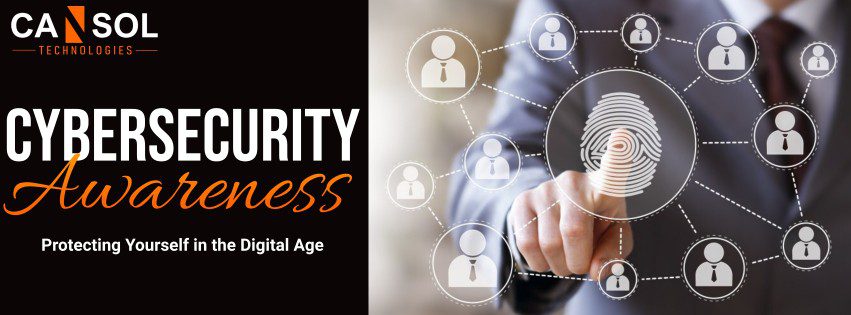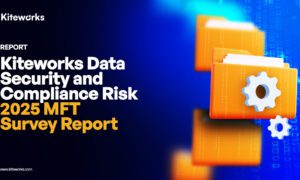In today’s interconnected world, where technology plays a crucial role in our daily lives, it’s essential to be aware of the potential risks and threats that lurk in the digital realm. Cyber security awareness is not just for IT professionals; it’s a necessity for everyone.
Tips to help individuals protect themselves online.
Strong Passwords and Authentication:
One of the simplest yet most effective ways to enhance your cyber defense is by using strong, unique passwords for each of your accounts. Avoid using easily guessable passwords like “password123” or your birthdate. Instead, create complex combinations of letters, numbers, and symbols. Additionally, enable two-factor authentication whenever possible. This adds an extra layer of security by requiring a second form of verification, such as a code sent to your mobile device.
Be Wary of Phishing Attempts:
Phishing is a common tactic used by cybercriminals to trick individuals into divulging sensitive information. Be skeptical of unsolicited emails, messages, or pop-up ads asking for personal or financial information. Legitimate organizations will never ask for passwords or sensitive data via email. Verify the sender’s identity and never click on suspicious links. When in doubt, contact the organization directly using official contact information rather than the links provided in the message.
Keep Software and Systems Updated:
Cyber attackers often target outdated software with known vulnerabilities. Regularly update your operating system, antivirus software, and applications to patch security flaws. Turn on automatic updates whenever possible to ensure that you’re protected against the latest threats. Cybersecurity is an ongoing process, and staying up-to-date with software updates is a crucial aspect of it.
Educate Yourself:
Take the time to educate yourself about common cyber threats and attack methods. Understanding the risks empowers you to make informed decisions and recognize potential dangers. There are various online resources, including cybersecurity blogs, forums, and tutorials, that can help you stay informed about the latest developments in the cyber landscape.
Secure Your Devices:
Whether it’s your computer, smartphone, or tablet, ensure that your devices are secure. Set up screen lock passwords, use biometric authentication if available, and enable device tracking in case of loss or theft. Regularly back up your data to prevent data loss in the event of a security incident.
By adopting these practices and maintaining a vigilant mindset, you can significantly reduce your vulnerability to cyber threats and contribute to a safer digital environment for yourself and others.
Here are key strategies to enhance cyber security awareness within a corporate environment:
Employee Training and Awareness Programs:
Conduct regular training sessions to educate employees about cybersecurity best practices. Topics should include recognizing phishing attempts, creating strong passwords, and understanding the importance of software updates. Encourage a culture of shared responsibility, where every employee understands their role in maintaining a secure digital environment.
Implement Robust Security Policies:
Develop and enforce clear cybersecurity policies within the organization. These policies should cover areas such as password management, data handling, and acceptable use of company resources. Regularly review and update these policies to address emerging threats and technology changes.
Secure Network Infrastructure:
Protecting the organization’s network is paramount. Implement firewalls, intrusion detection systems, and encryption protocols to secure sensitive data in transit. Regularly audit network configurations and access controls to ensure that only authorized personnel have access to critical systems and information.
Incident Response Planning:
Prepare for the possibility of a cybersecurity incident by developing and regularly testing an incident response plan. Define roles and responsibilities, establish communication protocols, and ensure that employees know the appropriate steps to take in the event of a security breach. A well-prepared response can mitigate the impact of an incident and facilitate a faster recovery.
Data Backup and Recovery:
Regularly back up critical data and ensure that recovery mechanisms are in place. Ransomware attacks, which encrypt data and demand payment for its release, can be mitigated by having up-to-date backups. Train employees on the importance of reporting any unusual activity promptly to the IT department.
Monitor and Update Systems:
Employ advanced monitoring tools to detect unusual activities or potential security breaches. Keep all software and systems up-to-date to patch vulnerabilities promptly. Regularly assess the security of third-party applications and services used within the organization.
Conclusion:
By prioritizing cyber awareness and implementing robust security measures, individuals and organizations can create a resilient defense against cyber threats, and contribute to a safer digital environment for yourself and others. For more details, you can visit our blog, Technoiva.



































